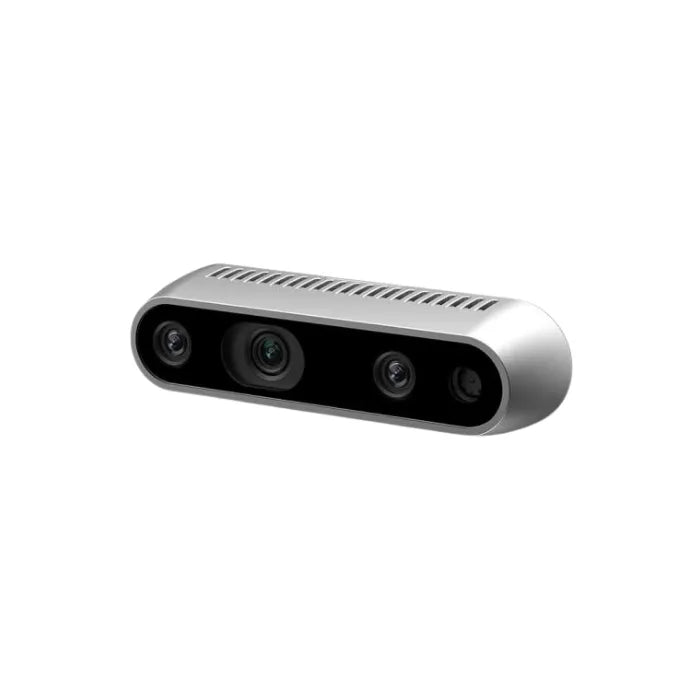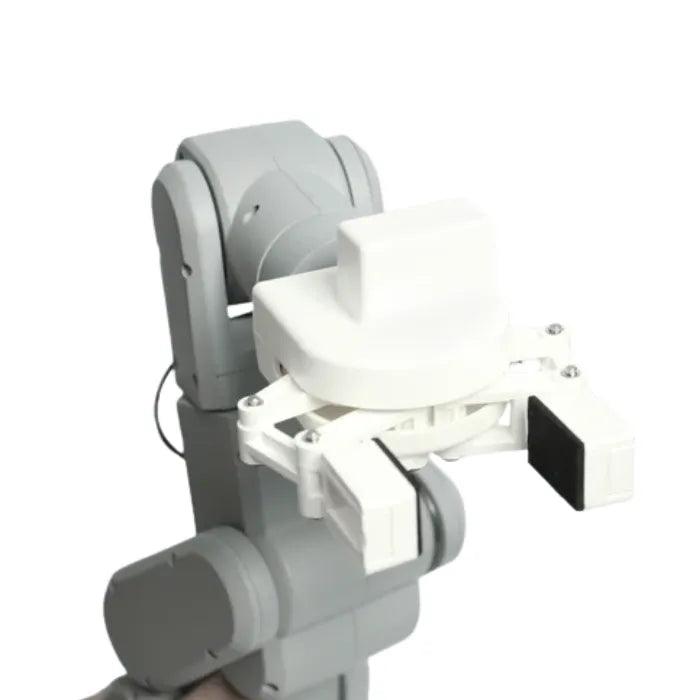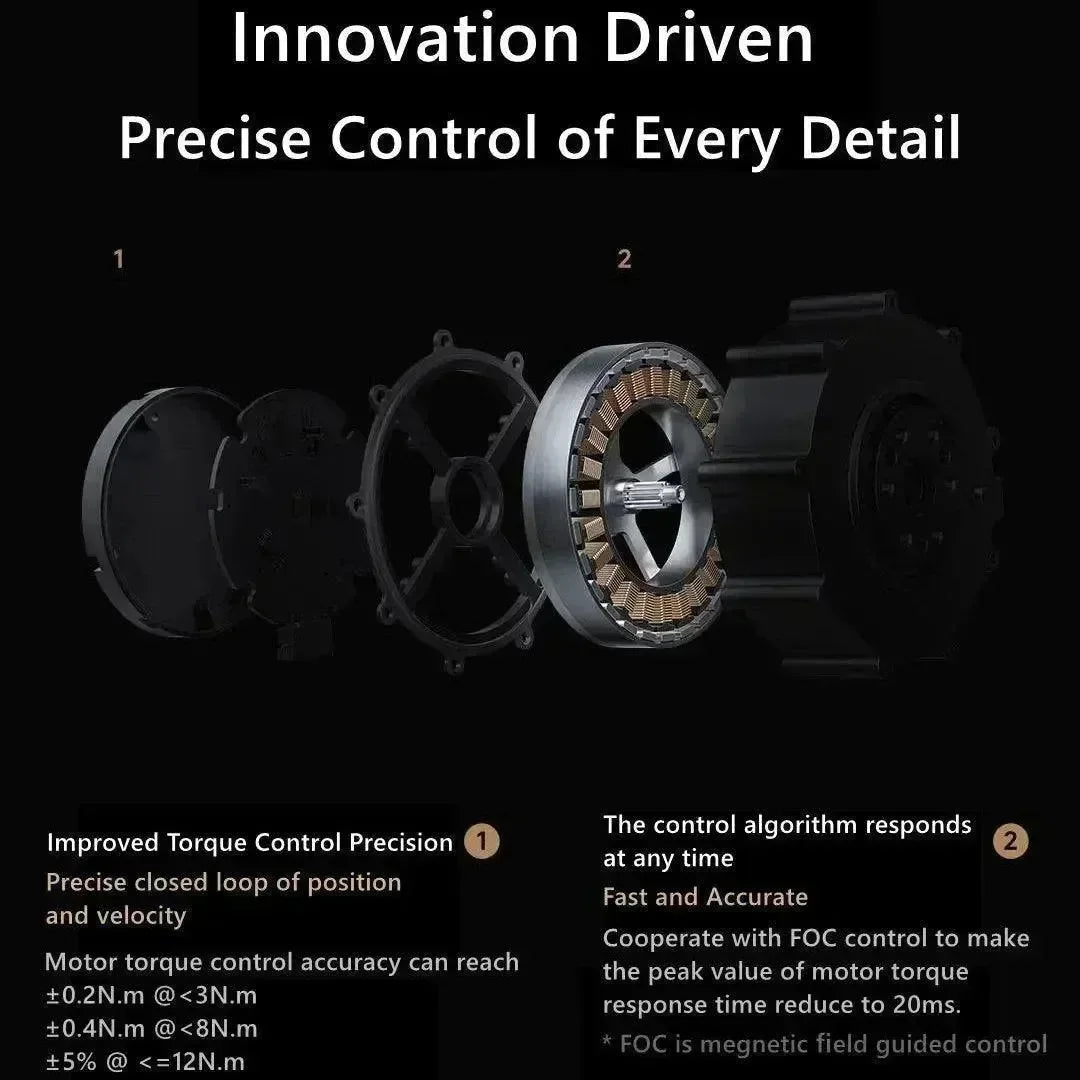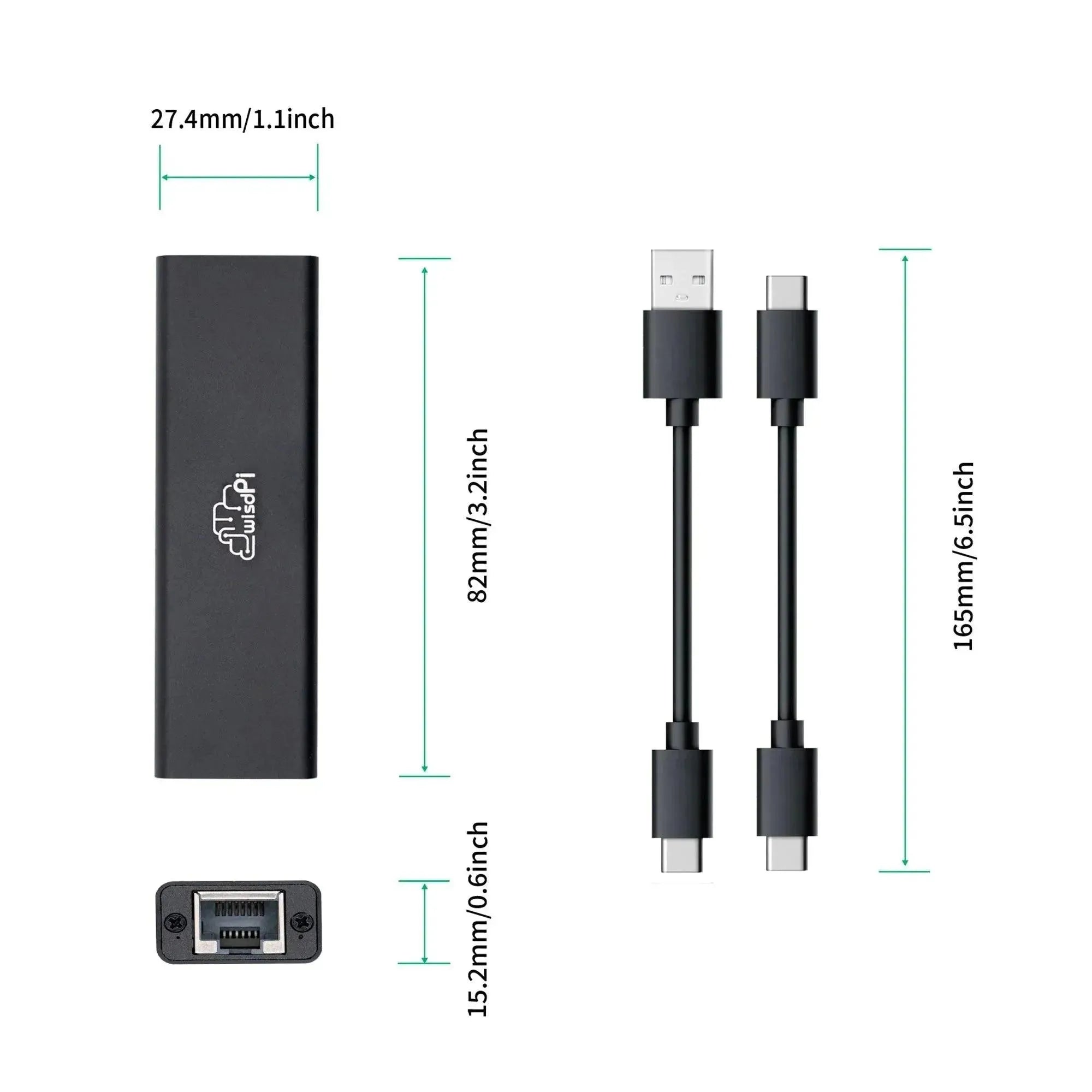Introduction
The M5Stack series of development boards, including the Stamp, StampS3, StampC3, and Stamp C3U, are designed for use in a variety of IoT applications. Each board has been developed with unique features and capabilities tailored to different use cases. This article will provide an overview of the differences between these boards and present a comparison table highlighting their key specifications.
Stamp: Overview and Features
The Stamp is a compact development board designed for use in Internet of Things (IoT) projects. The device features a single-core 32-bit RISC-V microcontroller and offers Wi-Fi and Bluetooth connectivity. The Stamp is equipped with 320 KB of SRAM, 128 KB of ROM, and a built-in 2 MB flash, providing users with a robust set of memory resources. Furthermore, the device includes 19 general-purpose input/outputs, an analog-to-digital converter, a serial peripheral interface, a universal asynchronous receiver-transmitter, an inter-integrated circuit, an inter-integrated circuit, an inter-integrated circuit, a random-access memory controller, a general-purpose digital signal processor, and a light-emitting diode pulse-width modulation circuit.
StampS3: Overview and Features
The StampS3 is a highly integrated embedded controller designed for Internet of Things (IoT) applications. The device employs the Espressif ESP32-S3FN8 main control chip and offers 8 MB of SPI flash memory. The StampS3 is powered by a high-performance Xtensa 32-bit LX7 dual-core processor, which delivers impressive processing power with a main frequency of up to 240 MHz. The device is equipped with a built-in highly integrated 5V to 3.3V circuit, which ensures a stable power supply and reliable operation. Furthermore, the StampS3 is equipped with an RGB status indicator and a programmable button, providing users with enhanced control and visual feedback.
StampC3: Overview and Features
The StampC3 is based on the Espressif ESP32-C3 RISC-V microcontroller and operates at a maximum clock frequency of 160 MHz. The device includes 400 KB of internal RAM and 4 MB flash, making it suitable for a range of IoT applications. The StampC3 is equipped with Wi-Fi 5 (LE) connectivity, making it an ideal choice for industrial IoT equipment that collects sensor data within a factory or building. Furthermore, the device boasts 19 GPIOs, an ADC, SPI, UART, I2C, I2S, RMT, GDMA, and LED PWM.
Stamp C3U: Overview and Features
The Stamp C3U is an enhanced version of the StampC3, offering superior security and performance. The device combines RSA-3072-based secure boot and AES-128-XTS-based flash encryption, making it an optimal choice for industrial IoT applications. The Stamp C3U operates at a maximum clock frequency of 160 MHz and includes 400 KB of internal RAM and 4 MB flash memory. Additionally, the device supports Wi-Fi 5 (LE) connectivity and offers a range of soldering options, including SMT, DIP, and fly wire.
Key Differences Between Stamp, StampS3, StampC3, and Stamp C3U
| Feature | Stamp | StampS3 | StampC3 | Stamp C3U |
| Processor | Single-core 32-bit RISC-V | Dual-core 32-bit Xtensa LX7 | Single-core 32-bit RISC-V | Single-core 32-bit RISC-V |
| Clock Frequency | Up to 160 MHz | Up to 240 MHz | Up to 160 MHz | Up to 160 MHz |
| Memory | 320 KB SRAM, 128 KB ROM, 2 MB Flash | 320 KB SRAM, 128 KB ROM, 8 MB Flash | 400 KB SRAM, 128 KB ROM, 4 MB Flash | 400 KB SRAM, 128 KB ROM, 4 MB Flash |
| Connectivity | Wi-Fi, Bluetooth | Wi-Fi, Bluetooth | Wi-Fi 5 (LE) | Wi-Fi 5 (LE) |
| GPIOs | 19 GPIOs | 23 GPIOs | 19 GPIOs | 19 GPIOs |
| Special Features | - | RGB status indicator, programmable button | - | Enhanced security (RSA-3072, AES-128-XTS) |
| Use Cases | General IoT projects | High-performance IoT projects | Industrial IoT applications | Industrial IoT applications |
Conclusion
The Stamp, StampS3, StampC3, and Stamp C3U are each designed to meet specific requirements and use cases within the IoT ecosystem. The Stamp is the optimal choice for general IoT projects, while the StampS3 provides superior performance for more demanding applications. The StampC3 and Stamp C3U have been designed for use in industrial IoT applications, with the Stamp C3U offering enhanced security features.
Gaining an understanding of these differences can assist developers in selecting the most appropriate development board for their particular project requirements. Should you require any further information or clarification, please do not hesitate to contact us.


































































































